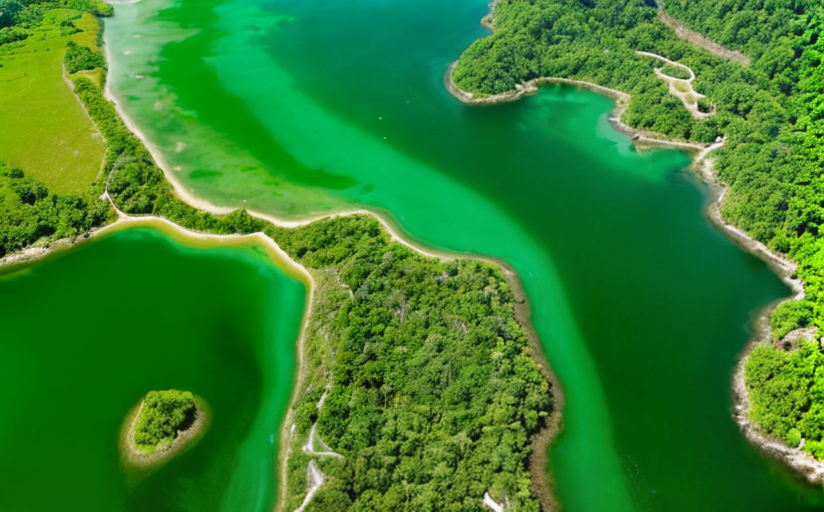Climate Change and Biodiversity: Impact and Solutions
Climate change significantly influences biodiversity on a global scale. This article discusses how rising temperatures, alterations in precipitation patterns, impacts on ecosystems, species extinction, and potential solutions affect global biodiversity.
Effects of rising temperatures on plant and animal species
Increasing global temperatures due to climate change have grave implications for both plant and animal species. An array of scientific studies suggests that extreme heat and rising temperatures directly affect the survival, reproduction, and distribution of species. For instance, polar species such as the polar bear and the Adélie penguin are losing their habitats due to melting ice caps.
Changes in precipitation patterns
Climate change also alters the global precipitation patterns, creating areas of extreme drought and areas with excessive rainfall. This can lead to habitat destruction, straining biodiversity in the affected areas. The Amazon rainforest, one of the most biodiverse habitats on Earth, is a prime example facing severe droughts from changing precipitation patterns.
Impacts on ecosystems
Climate change disrupts the balance of different ecosystems. Rising temperatures and changing precipitation patterns upset the fine balance maintained within these ecosystems, causing substantial shifts in their characteristics. Coral reefs, for instance, are highly sensitive to water temperatures, and many are bleaching and dying due to warmer ocean waters.
Species Extinction
One of the most critical implications of climate change on biodiversity is species extinction. When species can't adapt quickly enough to the changing conditions, they become extinct. According to the 2020 report by the IPBES, around one million species face extinction due to climate change and other anthropogenic factors.
Potential Solutions
Fighting climate change to protect biodiversity involves global cooperation. Efforts range from reducing greenhouse gas emissions, moving towards sustainable and renewable energy, changing our consumption patterns, and protecting and restoring our ecosystems. Protecting biodiversity is not just an environmental issue, but also a development, economic, security, social, and moral issue as well.
Disruption of Nature’s Balance and Implications for Humanity
Biodiversity underpins life on Earth, and its rapid decline threatens nature and people alike. Healthy ecosystems purify our air and water, providing us with food, medicines, and more. Losing biodiversity disrupts these vital systems, endangering human health and economies.
Strategies of Mitigation and Adaptation
Strategies to combat the negative impacts of climate change on biodiversity fall under two main categories: mitigation, the reduction of the greenhouse gases we put into the atmosphere, and adaptation, adjusting to the changing conditions. International policies, conservation efforts, and sustainable practices are among the most effective strategies in shielding biodiversity from climate change.


















Comments
Leave a Comment